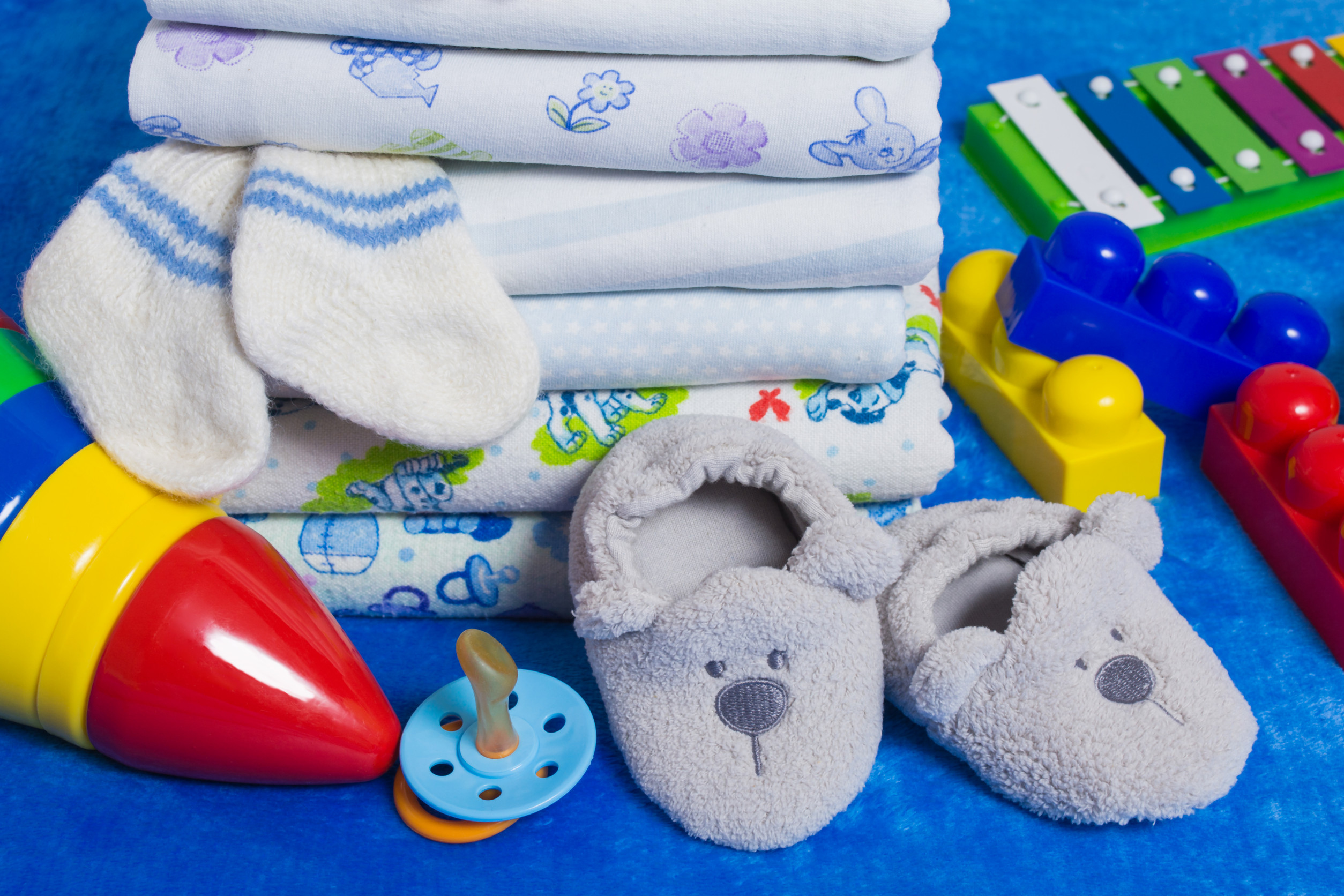
Parents spend hours researching the best gear, safest cribs, and softest blankets—but what if some of the most common baby products in your home are quietly hiding harmful chemicals? It’s a scary thought, but a very real one. From flame retardants to phthalates, certain materials and finishes in everyday items can affect your baby’s developing immune system, brain, and hormones. Knowing which baby items are full of hidden toxins helps you make smarter, safer choices without going overboard. Here’s where to look and what you can do to create a healthier home for your little one.
1. Crib Mattresses
Crib mattresses are essential, but many contain polyurethane foam treated with flame retardants. These chemicals can off-gas into the air and have been linked to hormone disruption and developmental delays. Even “waterproof” layers can contain vinyl, which may release phthalates over time. Look for mattresses made of organic cotton, wool, or natural latex with GOTS or Greenguard Gold certification. This is one of the most overlooked baby items full of hidden toxins that babies spend hours on every day.
2. Baby Wipes
Not all baby wipes are created equal. Many mainstream brands contain synthetic fragrances, parabens, and preservatives. These can irritate sensitive skin and contribute to long-term exposure to harmful ingredients. Choose fragrance-free, hypoallergenic wipes with limited ingredients you recognize. This is one of the baby items full of hidden toxins that most parents use without a second thought.
3. Plastic Bottles and Sippy Cups
Even BPA-free plastics aren’t necessarily safe. Studies have shown that alternative plastics can still leach hormone-disrupting chemicals, especially when heated or scratched. Glass or stainless-steel options are safer and longer lasting. If you must use plastic, avoid washing it in the dishwasher or microwave. These everyday feeding tools are some of the most common baby items full of hidden toxins that can sneak into daily use.
4. Foam Play Mats
Those colorful, puzzle-style foam mats seem like a great idea for tummy time, but they often contain EVA foam or PVC. These materials may release formamide and other volatile organic compounds (VOCs), especially in warm rooms. Opt for organic cotton mats or natural rubber alternatives. Since babies spend so much time close to the floor, minimizing exposure here can make a big difference. Play mats are a surprising source of hidden toxins many parents don’t question.
5. Baby Lotion and Shampoo
Your baby’s skin absorbs more than yours, making the ingredients in bath and body products extra important. Many popular lotions and shampoos contain synthetic fragrances, sulfates, and parabens that can irritate or disrupt hormones. Look for products labeled as fragrance-free and EWG-verified. Always read ingredient lists, even on products labeled “natural.” Skincare is another area full of baby items full of hidden toxins that deserve a second look.
6. Changing Pads and Covers
Changing pads often use foam padding and vinyl covers, both of which can off-gas toxic chemicals. Some pads are treated with flame retardants or made with phthalate-containing plastics. Choose options with organic fabric covers and non-toxic waterproofing. If replacing the pad isn’t an option, adding a certified organic cotton cover can help minimize direct contact. These are baby items full of hidden toxins that are used multiple times a day.
7. Diaper Bags and Accessories
Yes, even diaper bags can be a problem. Some are made with PVC or treated with stain-resistant coatings that contain perfluorinated compounds (PFCs), which can be linked to developmental issues. Choose bags made of canvas, organic cotton, or other untreated natural materials. The accessories that come with them—changing mats, wipe containers, bottle holders—deserve the same scrutiny. It’s a reminder that even storage solutions can be baby items full of hidden toxins.
8. Car Seats
Safety-wise, car seats are non-negotiable. But many are made with flame-retardant-treated foam, synthetic fabrics, and plastic shell casings that can emit toxins. Fortunately, several brands now offer car seats made without added flame retardants. Look for options labeled as “chemical-free” or certified by third-party safety and environmental standards. While necessary, car seats remain one of the baby items full of hidden toxins that deserve smarter shopping.
9. Baby Clothing with Prints or “Performance” Features
That cute glitter-print onesie or water-resistant jacket may contain harmful dyes, heavy metals, or PFAS chemicals. Fast fashion baby clothes can contain residue from manufacturing that may not wash out easily. Stick to organic cotton with minimal or natural dyes and skip clothes with gimmicky features. Always wash new clothes before use. Clothing is another category where baby items full of hidden toxins can hide in plain sight.
10. Teething Toys
Teething toys are designed to go straight in your baby’s mouth, yet many are made from questionable plastics or synthetic rubber. Some contain phthalates, PVC, or latex—all of which can cause reactions or health risks with long-term exposure. Choose silicone (food-grade), untreated wood, or certified organic fabric options. This is one of the most direct routes for baby items full of hidden toxins to affect your child.
Safer Choices Start with Awareness
You don’t need to toss your entire nursery or panic over every item. The key is awareness and gradual improvement. By identifying baby items full of hidden toxins and replacing them when possible, you’re creating a safer environment without stress or guilt. Every swap—no matter how small—adds up to a healthier home for your growing child.
Have you swapped out any baby items after learning what’s really in them? Share your story or tips in the comments below!
Read More:
12 Ways to Make Sick Days With Kids Slightly Less Miserable
Parental Burnout: The Devastating Real Cost of Never Taking Time for Yourself—Exposed!
The post Home Check: 10 Baby Items Full of Hidden Toxins appeared first on Everybody Loves Your Money.







